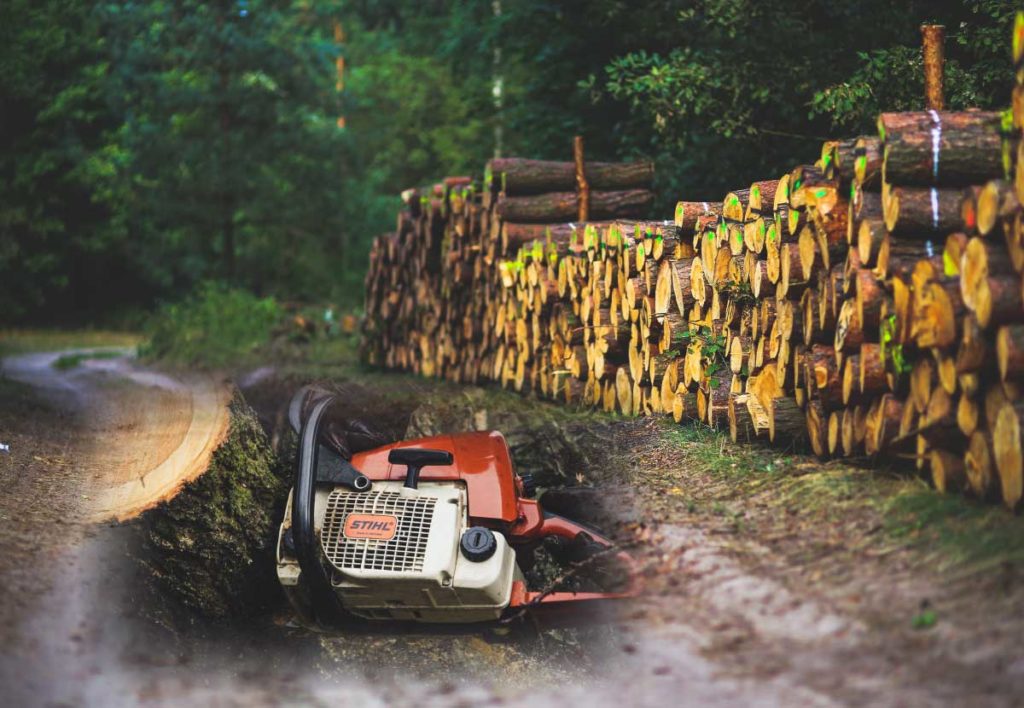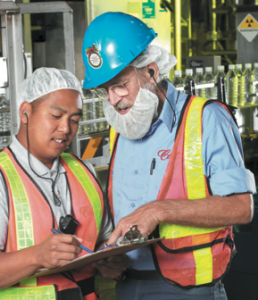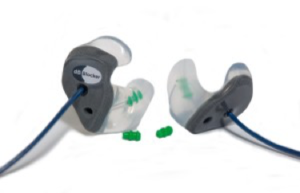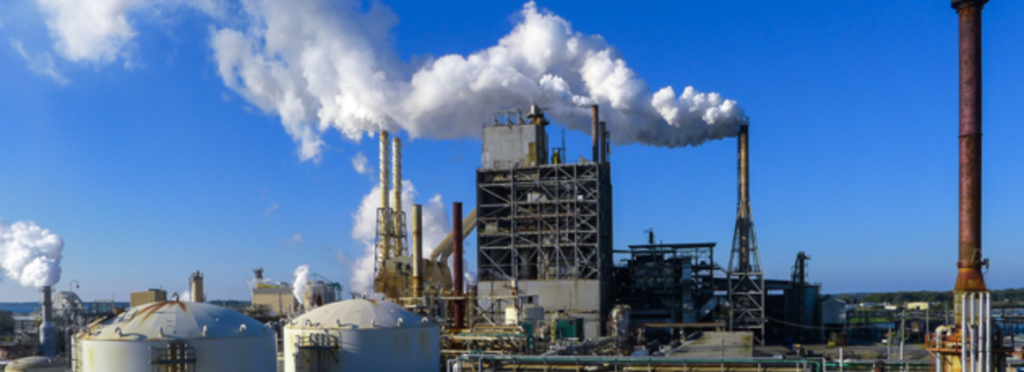Every day we’re faced with issues that demand a solution in some form or another. From changing a light bulb up in the rafters to cleaning a spill down in the basement – safety should always be part of the solution.
Our program is designed to help you make safety part of your solution at work, at home and in your community. With the experience and know-how you bring to the event and the exciting new ideas and philosophies you’ll learn at the SSM OHS Conference, you’ll be prepared to use safety at every turn to help craft the best solution possible.
You’ll be sure to leave the annual conference well equipped with a “Safety Solution” for your workplace.
The show is 2 days Jan 23 & Jan 24th. Don’t forget to check us out at the show.
Custom Protect Ear


Working with our distributor, Ross Hearing.










 Behind that yummy assortment of bakery delights or that wonderfully prepared to go straight to the oven, frozen Chicken Cordon Bleu is an entire assembly of creative chefs and production staff who prepared it for you; production workers who are also exposed to workplace hazards every day. One specifically is industrial hearing loss.
Behind that yummy assortment of bakery delights or that wonderfully prepared to go straight to the oven, frozen Chicken Cordon Bleu is an entire assembly of creative chefs and production staff who prepared it for you; production workers who are also exposed to workplace hazards every day. One specifically is industrial hearing loss.




